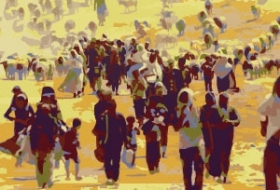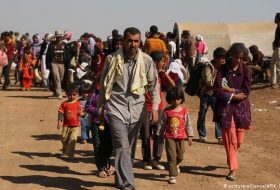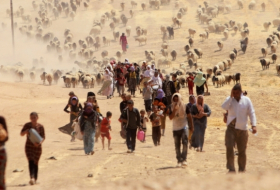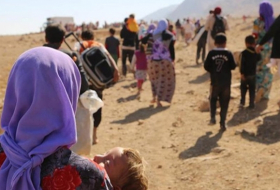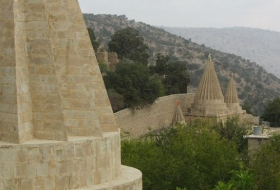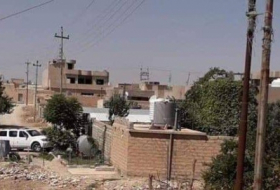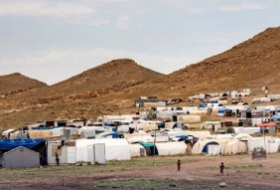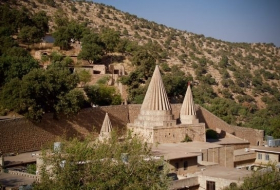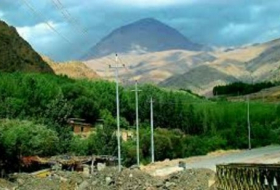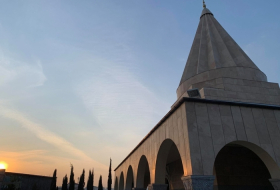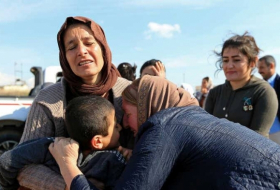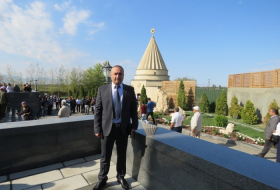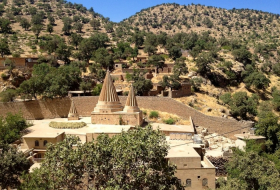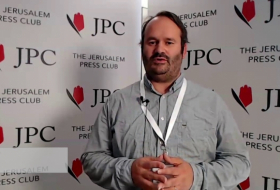Five years after Yazidi genocide, US warns ISIS is rebounding
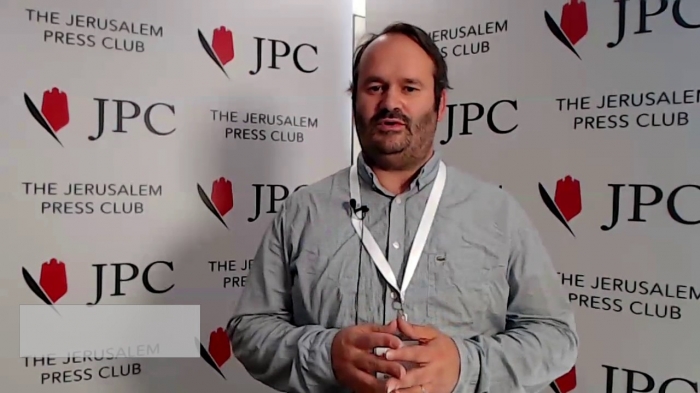
BY SETH J. FRANTZMAN
ISIS is trying to make a comeback in Iraq and Syria. It has established a more stable command network in Iraq, and is trying to exploit divisions on the ground and the absence of security forces in border areas and at camps in Syria for internally displaced persons (IDPs), according to a new U.S. report. The troubling news comes on the fifth anniversary of ISIS’s worst crimes, carried out in August 2014, when the Salafi jihadist militant group kidnapped and murdered thousands of Yazidis in northern Iraq.
In 2013 and early 2014, members of the Islamic State seemed to simply emerge from the desert of Iraq and Syria to threaten both countries. By the summer of 2014 they had taken control of major cities such as Mosul and Raqqa and, five years ago this month, began a targeted genocide of the Yazidi minority. What lessons have been learned in five years of war? And can a war-weary America still do what may be necessary to support minorities in Iraq, such as the Yazidis, to recover from ISIS?
The Department of Defense Lead Inspector General report, released Aug. 6, shows that ISIS is trying to lay the groundwork for another resurgence. Genocide survivors are warning that this must not be allowed to happen. Nadia Murad, who was kidnapped by ISIS in 2014, was in Washington in July to press for more support for survivors and her Yazidi community. This was in the context of the gathering of representatives from 106 countries in the U.S. as part of the administration’s commitment to religious freedom, at which Vice President Mike Pence said the U.S. is committed to defending religious freedom at home and abroad.
Such a commitment creates a complicated challenge for the U.S. role in Iraq and Syria. Because the U.S. wants to withdraw from Syria in the long term, it is trying to reduce its military footprint while training local security forces. They now number around 100,000 and the U.S. hopes that number will rise to 110,000 by the winter. Most of these are members of the Syrian Democratic Forces (SDF) or local security forces affiliated with them.
However, their numbers are still not strong enough to fully secure detention camps where many ISIS supporters ended up after ISIS was partly defeated in March when the anti-ISIS coalition took back the terrorist group’s land. Around 10,000 ISIS fighters are being held in Syria, 2,000 of them foreigners. Yet there are an estimated 15,000 ISIS fighters still at large in Syria and Iraq, according James Jeffrey, the U.S. anti-ISIS envoy.
ISIS uses border areas of Iraq and Syria to move in small groups and it exploits divisions, between Kurds and Arabs and between states and regions, to find places it can establish bases. Of concern, the Pentagon report says that Iraq’s fleet of drones is mostly inoperable because of needed maintenance and other problems, reducing its intelligence, surveillance and reconnaissance ability in areas where security forces are not present.
Five years after the world woke up to the horrors in Sinjar, where ISIS was massacring men and kidnapping women and children, the necessity to counter ISIS remains. An estimated 3,000 women and children are still missing.
The situation was brought into stark contrast by a crisis this month between the U.S. and Turkey that threatened to upend U.S. policy in Syria. A tenuous agreement to forestall a Turkish operation in Syria, which would have distracted the SDF from anti-ISIS operations, was put together on Aug. 7.
This fall represents a clear crossroads in the U.S. desire to see the total defeat of ISIS. With a commitment of limited forces, ISIS mostly has been defeated. But the lesson of 2014 resonates – that is, ISIS can reorganize quickly and burst onto the scene if security forces in Iraq and Syria, partnered with the U.S., don’t keep constant tabs on enemy movements and its attempts to regroup.
Seth J. Frantzman is executive director of the Middle East Center for Reporting and Analysis. A former assistant professor of American
Studies at Al-Quds University, he covers the Middle East for The Jerusalem Post and is a writing fellow at the Middle East Forum. He is the author of “After ISIS: America, Iran and the Struggle for the Middle East.
Ezidi24.com
Tags: #yazidisinfo #aboutezidi #yazidi

